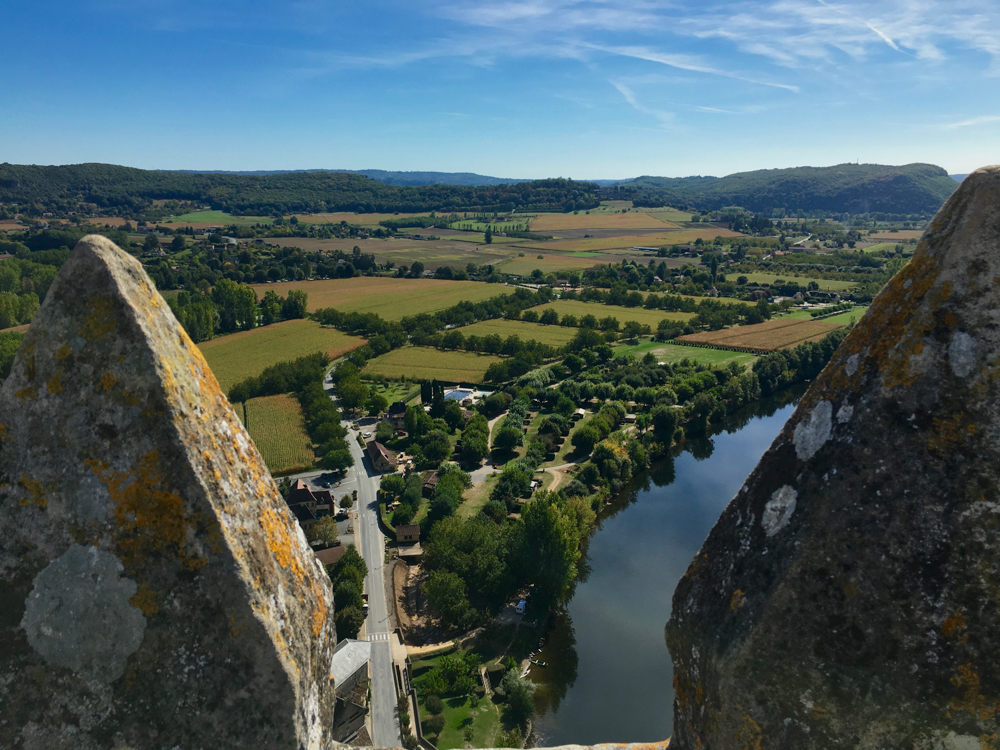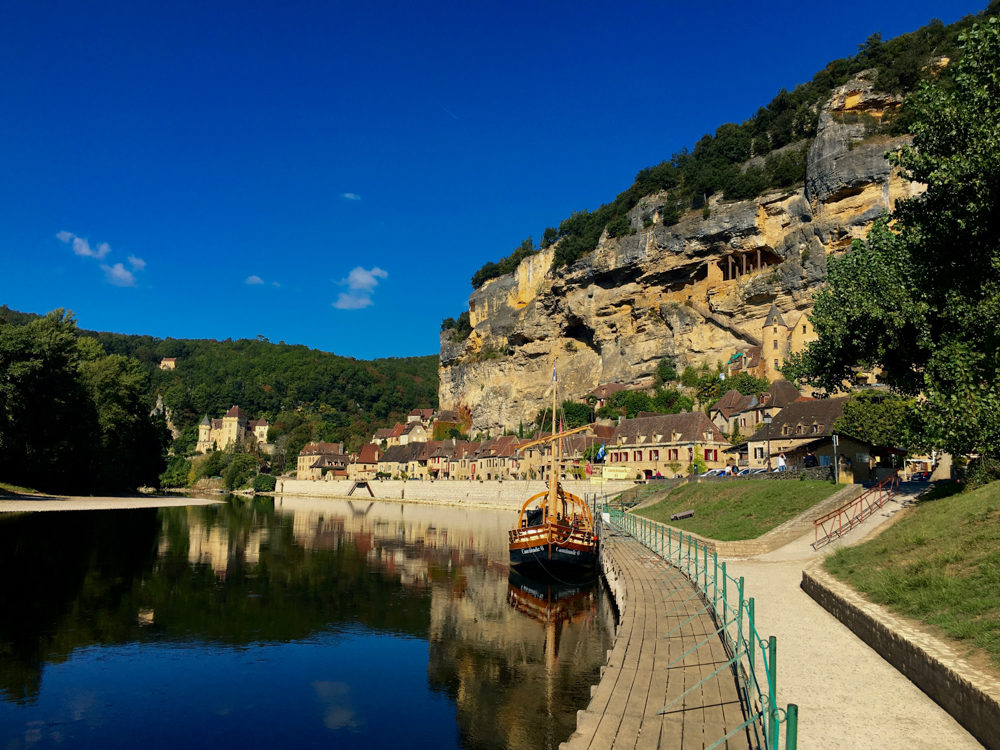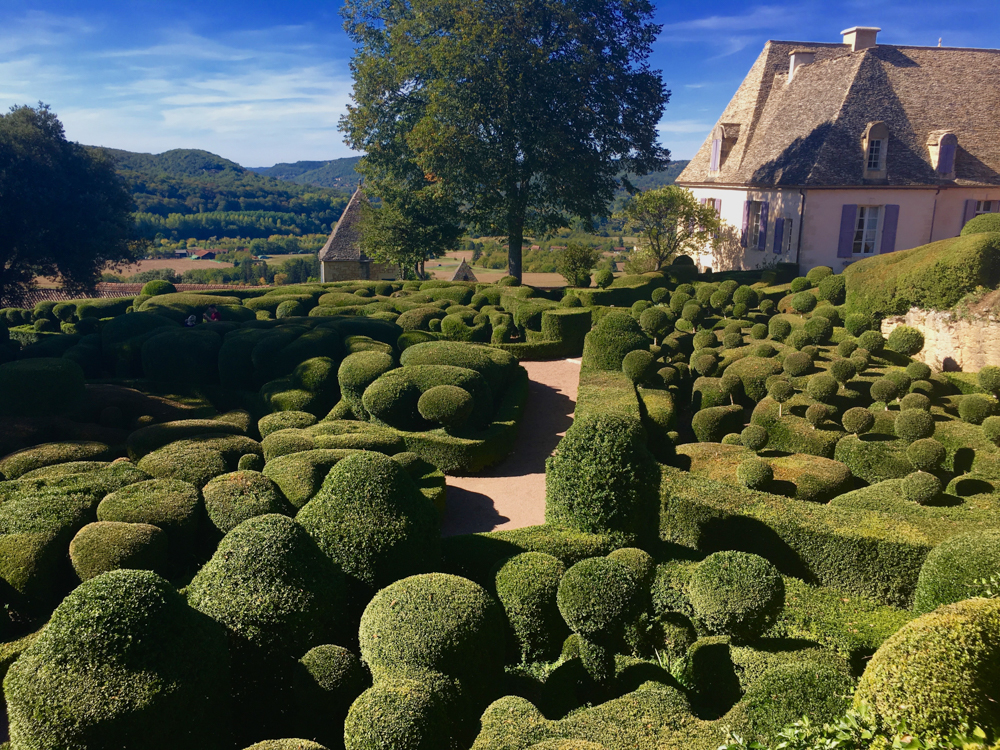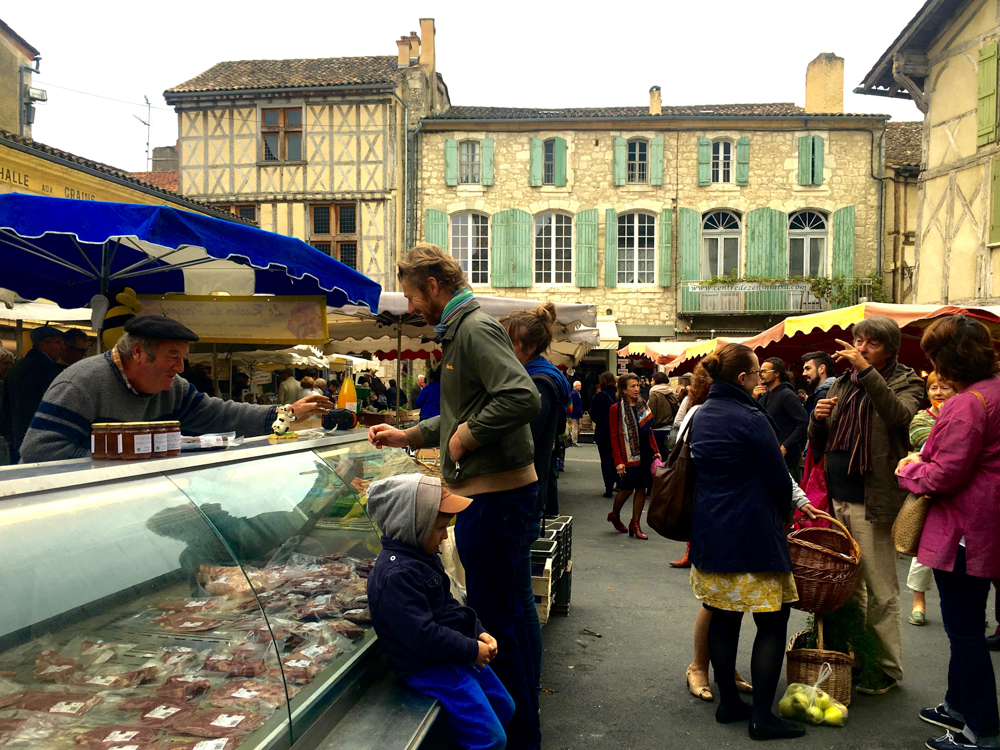The Dordogne: France’s Best Kept Secret
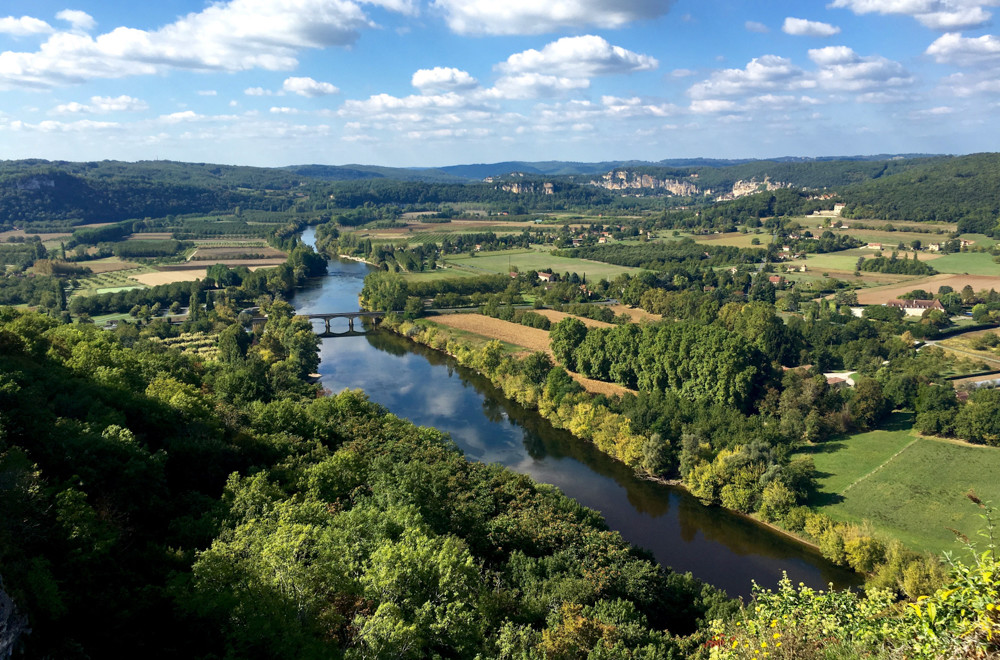
View of the Dordogne River from Domme
France. It conjures images of Paris, escargot, berets and baguettes. And when it comes to venturing beyond the Eiffel Tower, it’s a tough choice between the country’s endless exotic destinations. The French Riviera. The Loire Valley. Bordeaux. Provence. Exclusive, chic, gastronomical and romantic. So where is the Dordogne in all this, and why did it evade the mainstream lists of must-visit French destinations we frequented during our planning?
The Dordogne sits between the Loire Valley and Pyrenees in the south-west of France. East of Bordeaux, it embraces the best of everything France, from wine and gourmet delicacies, to prehistoric caves and chateaus. And although the British flock here, for the rest of us foreigners the region still seems to be one of France’s best kept secrets. It was only by chance we had the good fortune to spend three months over Autumn in this stunning part of the world.
View from Chateau de Beynac
The river from which the region takes its name, winds through the green hills, cowering in the face of the cliffs rising up along its length. And although Autumn doesn’t lend itself to a day in a canoe, a drive along the river is equally as breathtaking. Chateaus command the view, teetering over little villages carved into the rock. Historic settlements date back thousands of years, and present day villages offer a stunning insight into the region’s rich history. La Roque-Gageac, possibly one of France’s most picturesque villages, is thought to have changed little in the last three-hundred years.
La Roque-Gageac
Between La Roque-Gageac and the equally stunning Beynac-et-Cazenac are the enchanting Gardens of Marqueyssac. Perched above the Dordogne valley, the gardens cover 54 acres. Six kilometres of peaceful walk trails snake through the perfectly manicured hedges and less formal woodlands, taking in breathtaking views of the river below.
Marqueyssac Gardens
Also tucked into the limestone and sandstone formations that dominate the region, are some of the oldest artwork known to man. Up to 12,000 years old, the caves in the Dordogne’s Vezere valley are filled with images of mammoths, horses and ibex. Although preservation issues mean most of the original paintings are off-limits to the public, the Font de Gaume still invites visitors to witness a breath-taking piece of history. Dating back to 14,000 BC, images of horses and bison follow the natural contours of the walls, giving them a three-dimensional appearance. Sadly, the Font de Gaume is also expected to close to the public in the near future, however numerous replicas of original paintings are scattered through caves across the area.
La Roque-Gageac
Dotted with no end of sweet villages, village hopping through the Dordogne is also a hobby of its own. From coffee, crepes and spectacular views in the picturesque Domme, to the gastronomic delights of the historic Sarlat, every village is unique. Fois Gras, local wines and crafts grace the shelves of local stores. And somewhere, each day, coloured shutters peep out over a bustling market square, stalls overflowing with fresh regional produce.
Sunday Markets in Issigneac
And finally, the Dordogne offers some of the best cycling we’ve seen in France . . . or anywhere in Europe so far. On the maze of quiet roads criss-crossing the farmlands, vehicles are rare and the grades are friendly. It is not uncommon for the picturesque hills to house lesser-known chateaus or ancient ruins; a constant reminder of the region’s rich history.
The peaceful hills of the Dordogne
I have no idea why we’d never heard of the Dordogne, and why I rarely see it on social media channels, but we would highly recommend a visit for anyone planning a visit to France . . . and for accommodation we recommend the beautiful Le Manoir: http://www.lemanoir.org/

